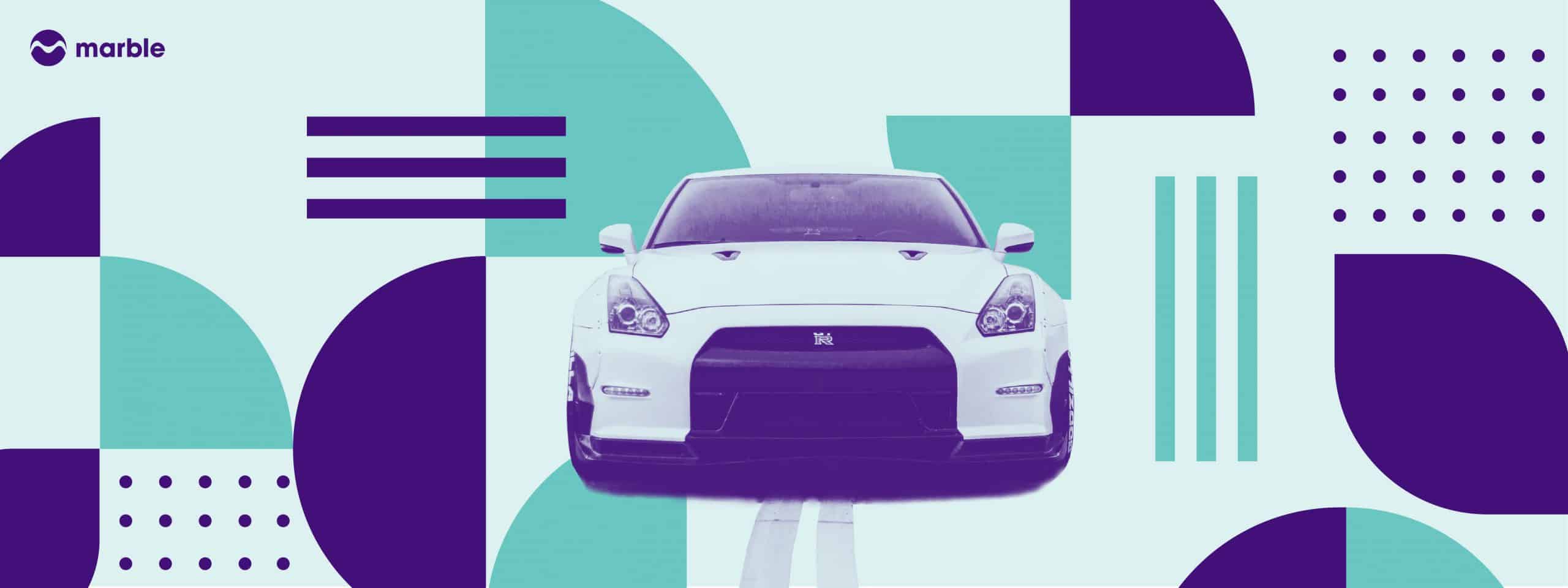Ratehub.ca empowers Canadians to search smarter and save money by comparing mortgages, credit cards, bank accounts, investments, and insurance.
Owning a car buys you the freedom to go wherever you want when you want. Picking up groceries is easier, driving outside the city to explore nature is more accessible, but it all comes at a cost. Finding freedom in a car is only worth it if you can afford to enjoy it. Here are five things to consider when budgeting for a new car.
How much you can afford
Should you buy new or used? Do you lease or finance the car? It all comes down to understanding what you can afford. There’s a rule of thumb that states you should abide by the 20/4/10 ratio.
- 20 – Put at least 20% down
- 4 – Limit your car loans to 4 years or less
- 10 – Monthly payments should be less than 10% of your take-home pay
Let’s break this down a little further.
You put 20% down for a few reasons – namely you owe less, and it helps to reduce your monthly payments. There’s also something called negative equity. If a car depreciates in value by 20% after its first year, you could be left owing more on the car than it’s worth. In other words, you’re paying down a loan of say $20,000, but if you sold the car, you’d only get $16,000 and you’re out $4,000 – that’s negative equity.
Limit your loans to 4 years or less because if you can’t afford the payments by the end of 4 years, you should look for a cheaper car to fit within your budget. A longer loan means higher costs from extra interest and more depreciation of the car itself. Ideally, it only takes 3 years, but you can stretch to 5 if needed. Keep in mind, if you’re extending your loan beyond 60 months the interest you’ll end up paying will far exceed your initial budget.
Finally, you can fudge the “10” rule a bit. If you love cars, go for broke, but if owning a car is less about the frill and more about getting from point A to point B, this rule will save you money.
Using these parameters allows you to set a budget, removes any emotions, and lets you make smart financial decisions.
An example:
- Salary: $60,000 with take-home pay of $45,827, meaning a max monthly payment of $458.
- Loan: Assuming 4 years at 2.99% interest and 13% sales tax.
- Down payment: $4,300 (20% of vehicle value)
You can afford to buy a car under $21,500 with monthly payments of $442.
The total cost of owning a car
Now that you know how much you can afford to pay for a car, let’s look at how much it costs to run and maintain it because that’s often overlooked.
Let’s compare two of the best-selling vehicles in the $20,000 range: Kia Soul vs. Kia Forte.
You can’t escape parking costs, even if you own a driveway, you still pay to park at hospitals or on downtown streets, but let’s say it’s $20 a month. Whether it’s new or used, according to CAA, vehicles, on average, cost a driver $700 per year to maintain and repair, even more, if you include tire costs. Finally, vehicles are becoming more fuel-efficient all the time, and, as a result, more often than not, car insurance is the most expensive line item after your loan.
| The annual cost of owning a car | Kia Soul | Kia Forte |
| Parking | $240 | $240 |
| Maintenance | $700 | $700 |
| Fuel (assuming 15,000km per year, according to Natural Resources Canada) | $1,462 | $1,462 |
| Insurance* | $1,563 | $1,716 |
| Total | $3,965 (~330/month) | $4,118 (~$343/month) |
*Based on a Toronto car insurance quote for a 30-year-old male driver with a clean history of safe driving including both collision and comprehensive car insurance.
As you can see, the cost of insurance could be the most expensive portion of owning a car. So, while you’re comparing the price tags on the car, also review their insurance premiums. In this example, a 4 door sedan costs $156 more per year than its SUV counterpart, but their MSRPs are the same, depending on the model.
There are many ways to get cheap car insurance and it generally starts with safe driving. You can also compare quotes online, don’t be over (or under) insured, ask about discounts, and increase your deductible (the money you pay out before your insurer pays the rest).
One of the newest ways to save on car insurance is to try usage-based insurance or UBI. It uses your smartphone, or a plug-in device to measure and track your driving behaviour. Depending on your driving performance, you could save up to 30% off your car insurance.
Debt
If you have any consumer debt, such as credit cards, you should pay it off. Unless you absolutely need a car (e.g. for work), it’s worth repaying your debt, not adding more. A car is not a revenue-generating asset, because even if you’re using it for ride-sharing or to deliver food, you’ll pay more in gas, insurance, and maintenance as a result.
There’s another rule of thumb that states debts shouldn’t account for more than 36% of your gross income.
So, sticking with our earlier example, if you make $60,000 per year, your annual debt payments should not exceed $21,600 per year. If we’re paying $442 for car payments, $330 to insure, fuel, and maintain the car, that’s $9,264 per year leaving you $12,336 to pay off any outstanding debt.
Your credit score
If you’re buying a new car, your credit score will be a big piece of the puzzle. Both dealerships or lenders (e.g. your bank) will run a credit check to determine the terms of your loan, including your interest rate.
While you can get a loan with a fair credit score (560-659), you may need to put down a larger down payment to get even a half-decent rate. A bigger down payment, mixed with a great credit score means you’ll get a better interest rate.
The good news is that you can use your car loan to help build your credit. Also, if your credit improves, you can refinance your car loan into a lower interest rate in the future saving you more money down the road.
Maximize your personal savings
The fifth and final point affects all the others. The more you save, the cheaper it will be when you’re buying your car. Remember the bigger the down payment the lower the total cost of a loan will be, plus your interest rate improves the more you put down. So here are a few additional tips to help maximize your savings:
- If you put your money into an investment, like a high-interest savings account, you can increase your savings while you’re working towards a down payment. It may help you reach your goal sooner, and hopefully, increase your down payment total.
- You can attempt to “time” the market. Buying a car is generally cheaper near the end of the month (when salespeople need to hit quotas) and near the end of the year (when dealerships need to make room for next year’s models).
- Spend more time researching cars to find the best bang for your buck, you may even get lucky buying a floor model.
- Don’t forget to consider the cost of insurance. You can save on insurance by comparing car insurance quotes and agreeing to pay your premium annually. Consider adding this to your savings goals.
In summary
Budgets can be boring, but they help put everything in perspective, especially when shopping for cars. Cars are a significant expense. To get the best deal and not end up in a tight cash-strapped position, do your research and save. Then, you’ll feel much better about achieving your goal.



